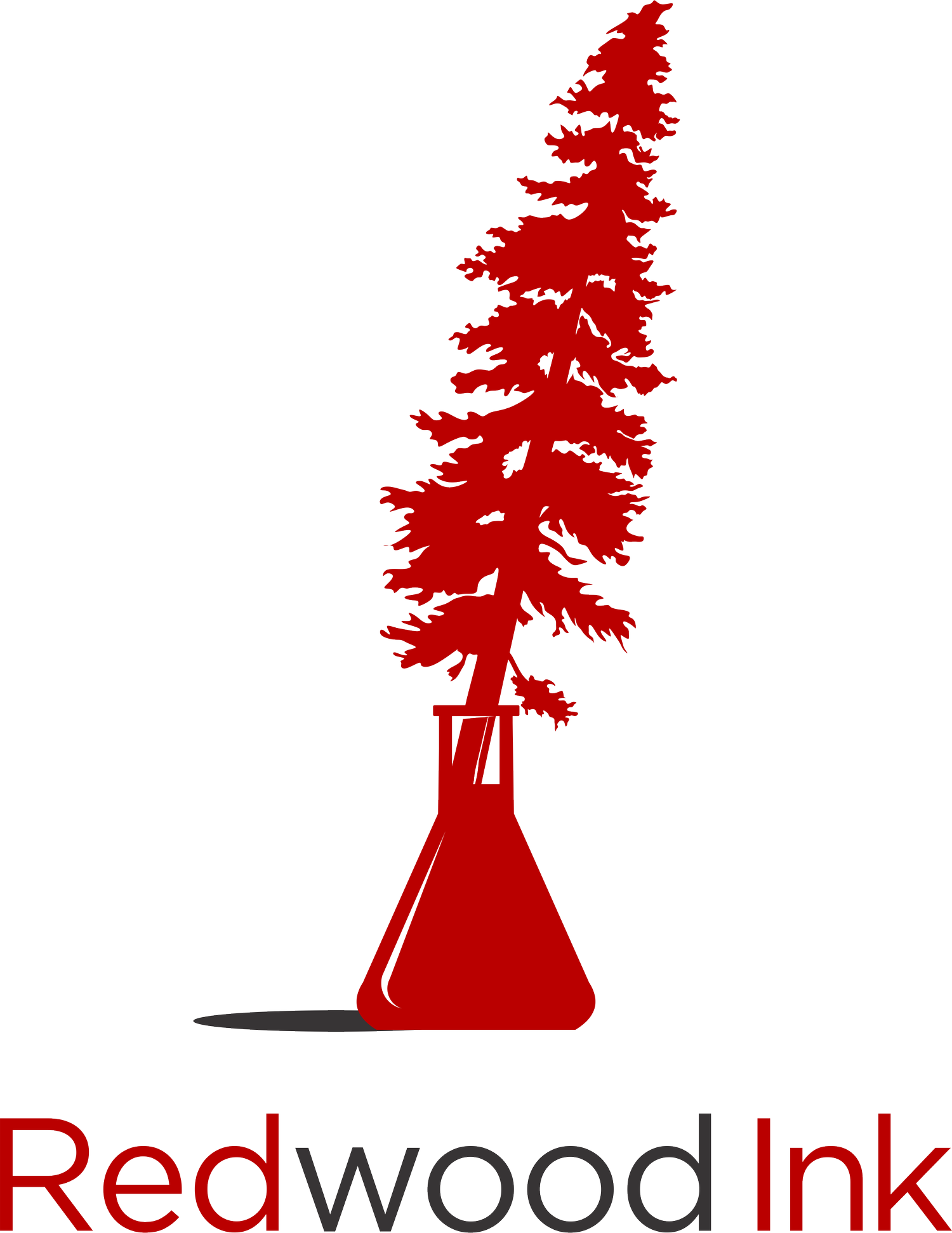Interlude: Precrastination, Verbs, and Scientific Graphics
Many writers face the challenge of procrastination in their writing process. But some writers face the opposite challenge: precrastination.
Precrastination is the inclination to complete tasks quickly just to get them done as soon as possible.
For example, do you immediately reply to emails even though your response is not needed urgently? Do you rush to write an abstract for a conference as soon as the call for abstracts opens? Do you submit a manuscript before the text is really publication-ready so that you can just get it off your desk?
Although precrastination may sound like a great strategy to avoid procrastination and get a task done early, precrastination also has downsides. When you precrastinate, you might rush through projects and submit poor-quality work. You might expend more energy than needed to get the task done. Or you might juggle too many tasks at once to avoid carrying the cognitive load of thinking about an incomplete task.
How can you manage precrastination? Here are a few of strategies that have worked well for me.
Turn off messaging and email notifications so that you do not feel compelled to reply immediately.
Block time in your calendar to respond to emails and complete administrative tasks in batches.
Automate repetitive tasks to streamline your time and avoid thinking about these tasks.
Map out a plan to complete a project in a way that maximizes your time and energy in producing quality work.
Break a larger task into smaller tasks to promote a sense of accomplishment as you complete the larger task.
What are your strategies for managing precrastination? Hit reply and let me know.
Let's get to the good stuff...
💌 Round-up
💻 From My Desk
Craft Compelling Aims with Strong Verbs
Strong verbs add clarity and energy to your writing that fuel your reviewers' understanding and excitement—enticing them to fund your proposal (or accept your manuscript for publication).
👓 Reading
Verbs
"Verbs help the reader move from the beginning of the sentence to the end. They drive movement between sentences. Imagine the reader skipping from verb to verb as they read."
Hopeful Tips
I had the pleasure of meeting Hope Lafferty at my first AMWA conference. She is an incredibly talented, thoughtful, and funny editor. And she has crafted 101 of her secret techniques to elevate your medical writing—for free!
🖥️ Watching
How to create scientific graphics: an inside look from Nature
This video gives a behind-the-scenes look at how illustrators create scientific graphics that summarize research and enhance readers' comprehension.
🧰 Tools
NIH BioArt Source
The NIH worked with professional illustrators to develop a library of 2000+ accurate science and medical images that you can use to build figures, presentations, websites, print materials, and more—for free!
Thank you so much for reading.
Warmly,
Crystal
